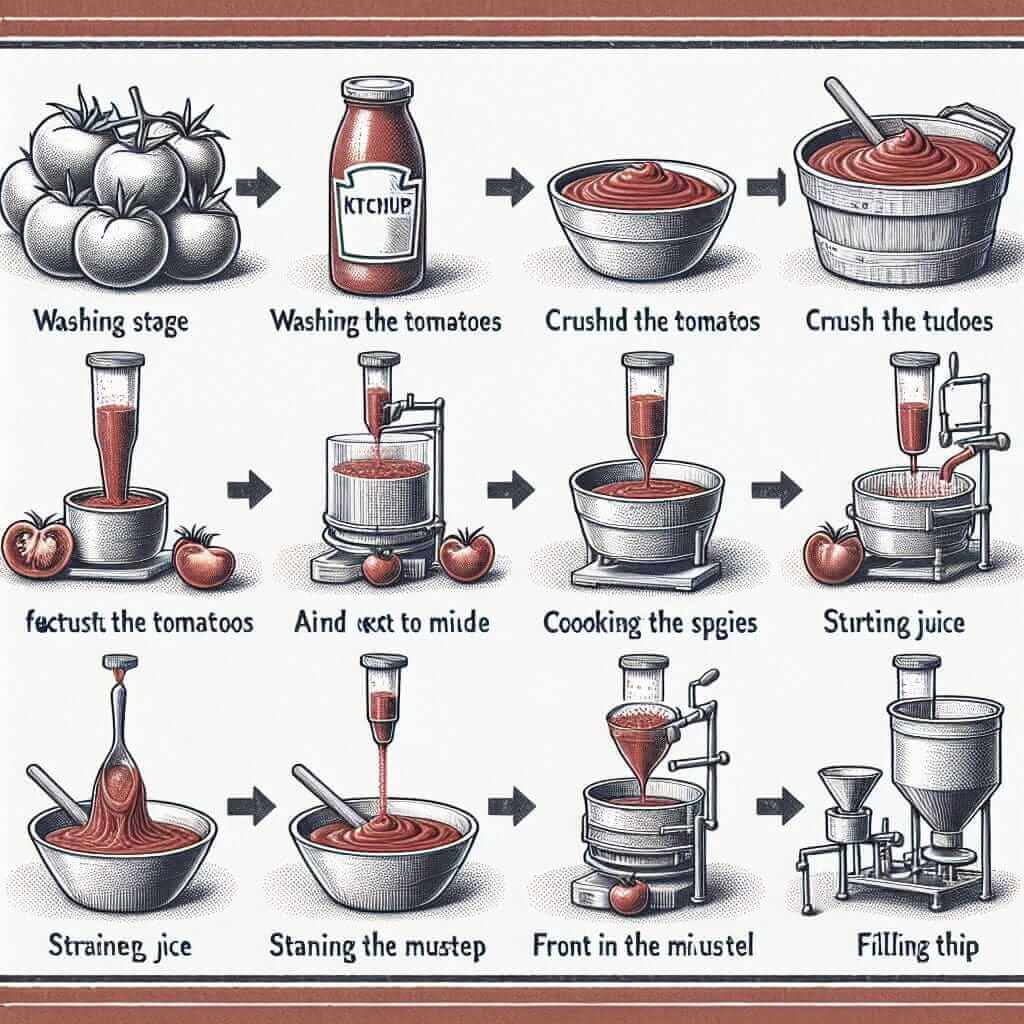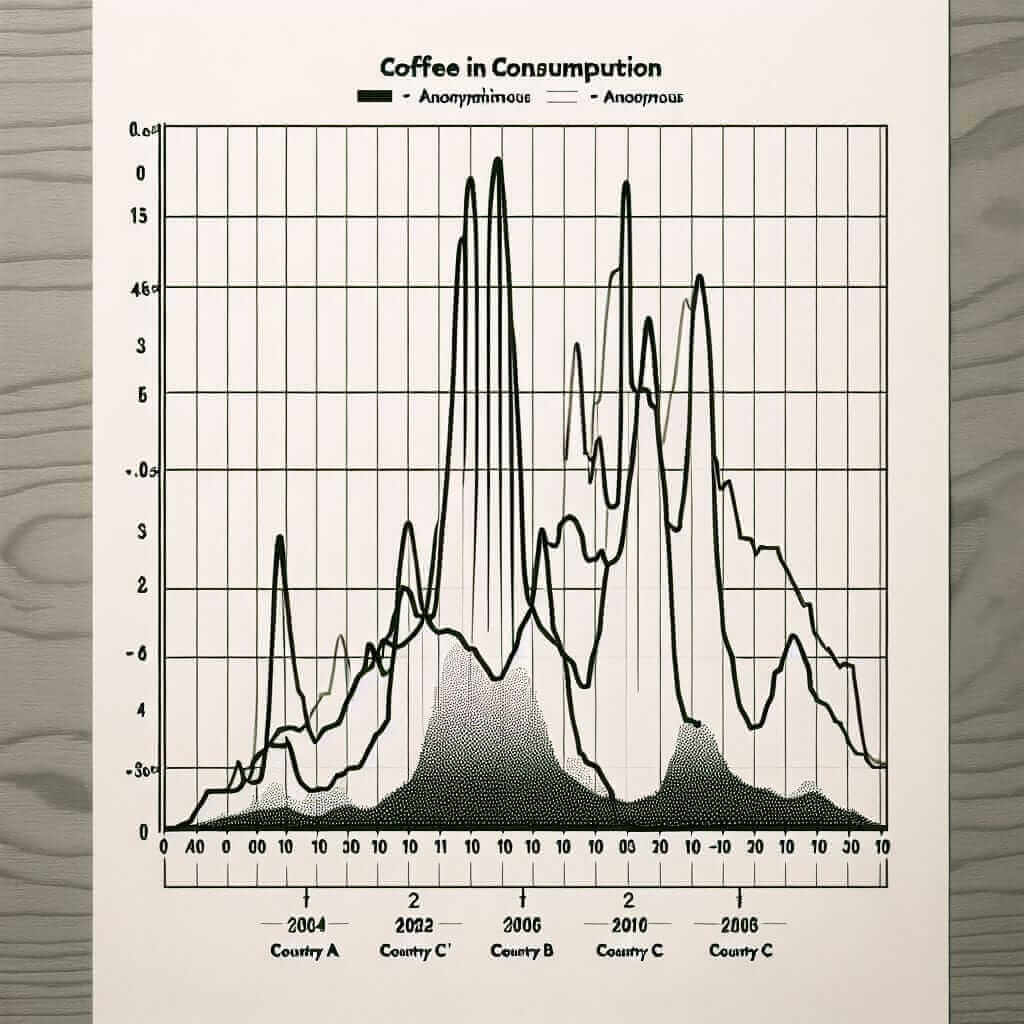As an IELTS instructor with over 20 years of experience, I often encounter students perplexed by seemingly simple topics like “how to make ketchup.” While the process itself might be straightforward, explaining it clearly and effectively in an IELTS Writing Task 1 can be surprisingly challenging. This is where understanding the nuances of IELTS assessment criteria becomes crucial.
Nội dung bài viết
Understanding the Task: It’s More Than Just Ketchup
The IELTS Writing Task 1 assesses your ability to describe a process, object, or data set in a clear, concise, and organized manner. The examiners aren’t interested in your culinary expertise. Instead, they are evaluating your:
- Lexical Resource: Use of a wide range of vocabulary related to processes, ingredients, equipment, and sequence.
- Grammatical Range and Accuracy: Accurate use of tenses (especially the present simple passive), prepositions, and conjunctions.
- Coherence and Cohesion: Logical organization of information using appropriate linking words and phrases.
- Task Achievement: Fully addressing all aspects of the task prompt within the word limit.
Breaking Down the Process: A Step-by-Step Approach
Let’s imagine you encounter a Task 1 question like this:
“The diagram below shows the process of making ketchup. Summarize the information by selecting and reporting the main features, and make comparisons where relevant.”
 Ketchup Production Process
Ketchup Production Process
Here’s a breakdown of how to approach it:
1. Analyze the Visual:
- Identify the Key Stages: Break down the process into distinct steps, e.g., harvesting tomatoes, washing and sorting, crushing, cooking, adding spices, bottling.
- Note the Equipment: Describe any specialized equipment used, such as conveyors, pulpers, or pasteurizers.
- Look for Comparisons: Identify any significant differences in quantity, time, or ingredients.
2. Structure Your Response:
- Introduction: Paraphrase the task question, stating the purpose of the process and the type of visual provided.
- Overview: Provide a brief summary of the main stages involved, highlighting the overall sequence.
- Body Paragraphs: Describe each stage in detail, using clear and concise language. Focus on the key actions (verbs) and objects (nouns) involved.
- Conclusion (Optional): If time permits, you can add a concluding sentence summarizing the final outcome of the process.
3. Employ Effective Language:
- Sequencing Words: Use a variety of words and phrases to signal the order of events: initially, subsequently, following this, once…, after which, finally.
- Process Vocabulary: Utilize verbs like “harvest,” “transport,” “wash,” “sort,” “crush,” “heat,” “mix,” “bottle,” and “package.”
- Descriptive Language: Employ adjectives and adverbs to provide detail about the ingredients, equipment, or actions, e.g., “ripe tomatoes,” “industrial-sized pulper,” “thoroughly mixed.”
Illustrative Example:
The diagram illustrates the process of ketchup production, from the initial harvesting of tomatoes to the final packaged product.
Initially, ripe tomatoes are harvested and transported to the processing plant. They are then washed, sorted to remove any damaged fruit, and crushed to extract the juice. The extracted juice is then transferred to large cooking vats, where it is heated and blended with a mixture of vinegar, sugar, and spices. This mixture is continuously stirred and cooked until it reaches the desired consistency. Finally, the ketchup is pasteurized to eliminate any bacteria, bottled, labeled, and packaged for distribution.
Key Tips for Success:
- Practice Makes Perfect: Familiarize yourself with different types of process diagrams and practice describing them accurately.
- Don’t Overcomplicate: Focus on clarity and conciseness over complex vocabulary.
- Proofread Carefully: Check for any grammatical or spelling errors that could affect your score.
Remember, success in IELTS Writing Task 1 comes from understanding the assessment criteria and applying effective language and organization skills. By following these tips, you’ll be well-equipped to tackle any process description, even something as seemingly simple as making ketchup!


